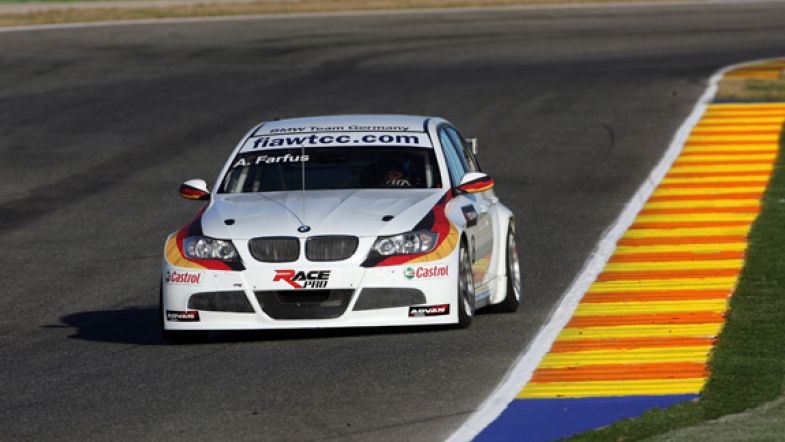New penalty weight system explained
The FIA World Touring Car Championship introduces a new penalty weight system for the 2009 season. The system will be based on lap time calculation. The best lap times of the two fastest cars of each model in both races are averaged. The system will be applied for the first time after the first two events, after that the base will be on the three latest events during the season.
The three latest event system works in the way that the results of events two, three and four determines the weights for event five.
For the first two events, at Brazil and Mexico, all cars will run on the minimum weight. That means 1170 kg for front wheel driven cars with sequential gearbox (Chevrolet) and rear wheel driven cars with H-pattern gearbox (BMW).
The maximum weight is 1210 kilos and the minimum weight is 1150 kilos, for cars that have 1170 kilos as base weight. The diesel powered SEAT has another weight.
When a model’s average is within the 0.3-second threshold in relation to the fastest model, no action is taken.
If a model is slower than the fastest model by more than 0.3s, 10 kg are deducted from the maximum compensation weight for every complete 0.1s more than the +0.3s threshold, up to a maximum of 60 kg.
When a model with less than 60 kg of compensation weight is within 0.3s of the fastest (reference) model, 10 kg are added to the current compensation weight per complete 0.1s within the 0.3s threshold.
The fastest (reference) model always has the maximum compensation weight on board.










